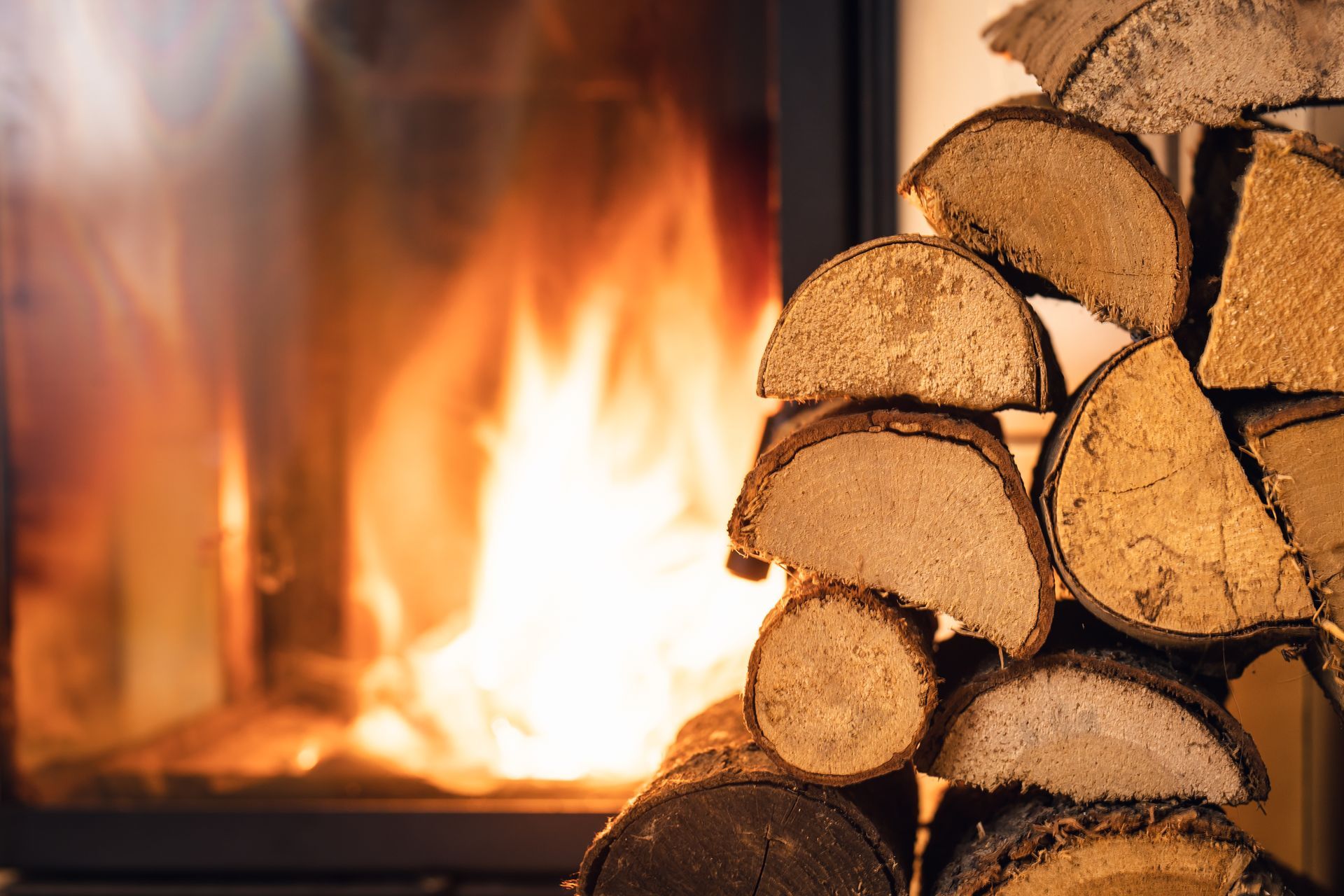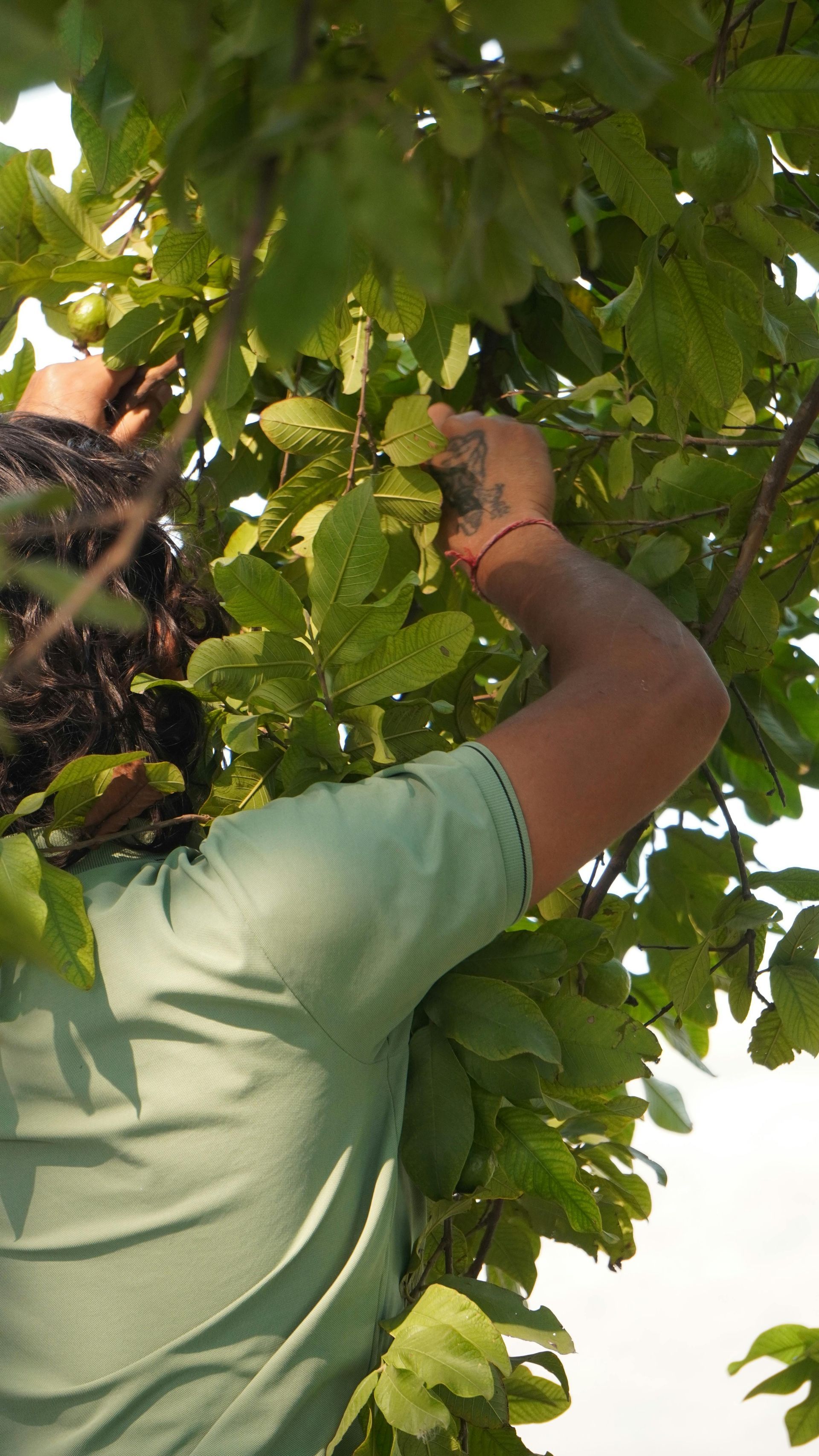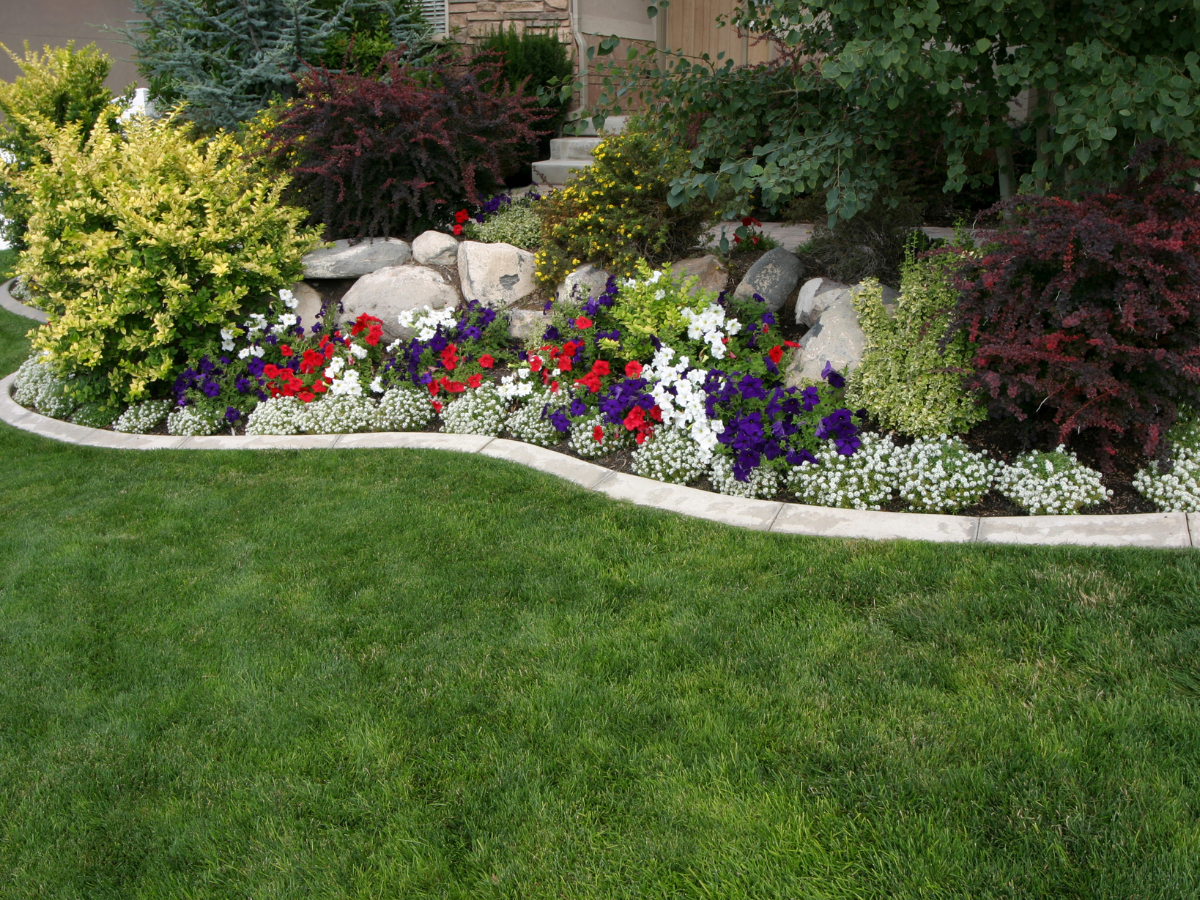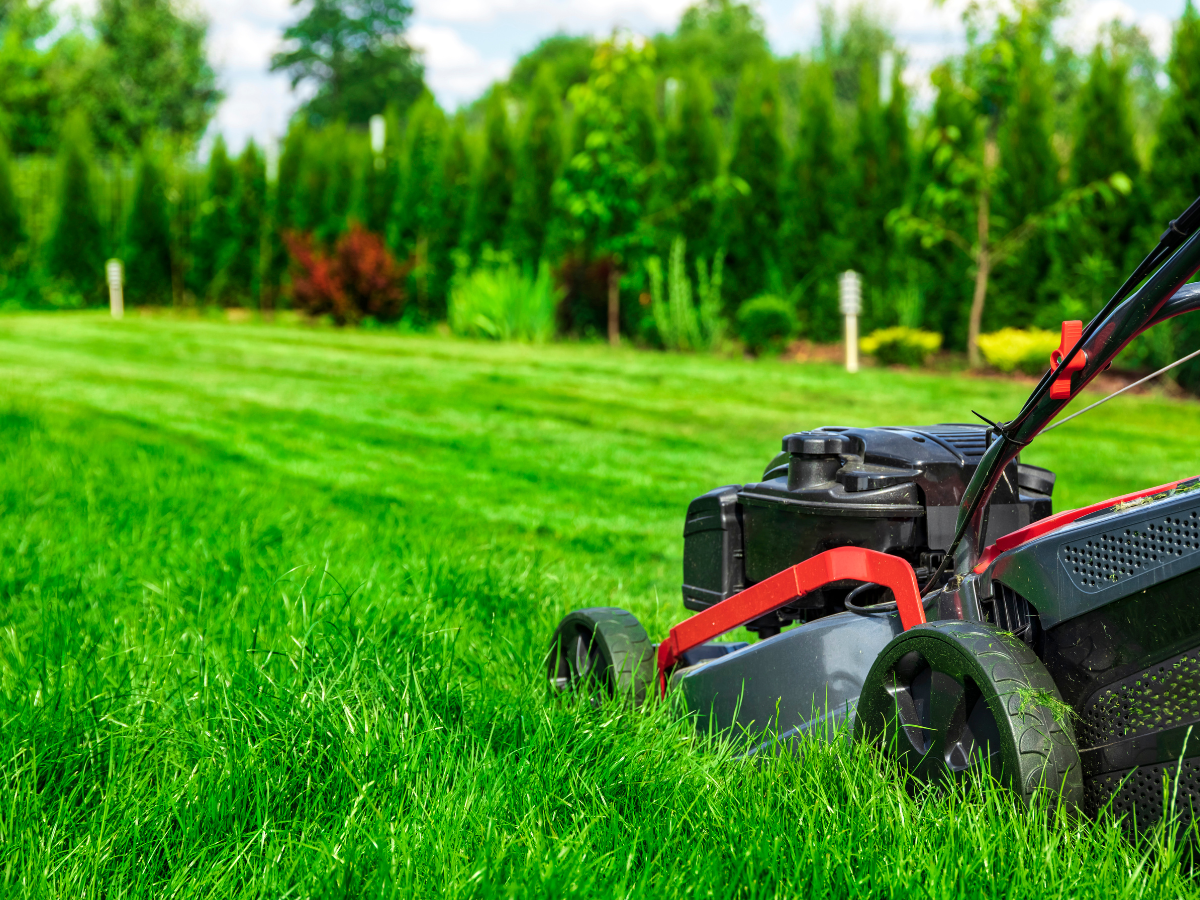What’s the Difference Between Seasoned and Unseasoned Firewood?
When cooler weather arrives, few things compare to the warmth of a wood-burning fire. But if you’ve ever wondered why some logs burn cleaner and longer than others, the answer lies in whether your firewood is seasoned or unseasoned.
For homeowners who enjoy outdoor fire pits, fireplaces, or wood stoves, understanding this difference is essential for safety, efficiency, and comfort. Let’s explore what sets these two types of firewood apart—and how to choose the right one for your needs.

What Is Seasoned Firewood?
Seasoned firewood is wood that has been dried and aged to reduce its internal moisture content, usually to below 20%. Freshly cut wood, known as “green wood,” can contain more than 50% water. By allowing it to dry for six months to a year in a well-ventilated and covered area, moisture gradually evaporates, creating cleaner and hotter-burning wood.
When burned, seasoned firewood:
- Produces more heat with less smoke.
- Lights easily and maintains a consistent flame.
- Reduces creosote buildup in chimneys and flues.
- Minimizes environmental impact by releasing fewer particulates.
If you regularly use fire pits or outdoor fireplaces, seasoned wood keeps the experience comfortable by reducing smoke and making fires easier to manage.
What Is Unseasoned (Green) Firewood?
Unseasoned firewood, also called green wood, is freshly cut and retains much of its natural moisture. Because of that, it’s heavy, difficult to ignite, and less efficient to burn.
When you burn unseasoned wood, much of the fire’s energy is wasted evaporating water instead of generating heat. This results in cooler fires, excessive smoke, and greater buildup of creosote, which increases the risk of chimney fires or clogs.
You can usually identify unseasoned wood by its damp feel, bright inner color, and lack of cracks on the ends. When two pieces are knocked together, they produce a dull sound rather than the clear “clack” of seasoned logs.
Key Differences Between Seasoned and Unseasoned Firewood
The main distinction between seasoned and unseasoned firewood lies in moisture content, which directly affects burn quality and safety.
Seasoned firewood burns hotter, cleaner, and longer because it contains less moisture. It creates less smoke, making it ideal for indoor fireplaces and backyard fire pits. In contrast, unseasoned firewood burns unevenly, produces thick smoke, and leaves behind heavy soot.
In short, seasoned firewood delivers efficiency and reliability, while unseasoned wood can cause frustration, poor heating, and potential safety hazards.
How to Season and Store Firewood Properly
If you prefer to cut your own wood or buy in bulk, you can season it yourself with the right preparation:
- Stack it properly: Keep wood elevated on a rack or pallet to promote airflow.
- Allow ventilation: Cover only the top to shield from rain—keep the sides open for drying.
- Choose a sunny location: Sunlight helps moisture evaporate faster.
- Split larger logs: Smaller pieces dry more efficiently than full rounds.
- Test for dryness: Use a moisture meter to ensure wood is below 20% moisture before burning.
By following these steps, you’ll ensure that your firewood burns efficiently throughout the season while keeping your outdoor fires safer and more enjoyable.
Conclusion
The biggest difference between seasoned and unseasoned firewood comes down to moisture. Dry, seasoned wood provides a cleaner, hotter, and more consistent burn, while unseasoned wood struggles to ignite and produces excess smoke.
At AAF Landscaping, we know that the perfect outdoor experience starts with the right design and preparation. Whether you’re building a custom fire pit, expanding your patio area, or upgrading your landscape for year-round comfort, our experts can help you create a space built for every season.










